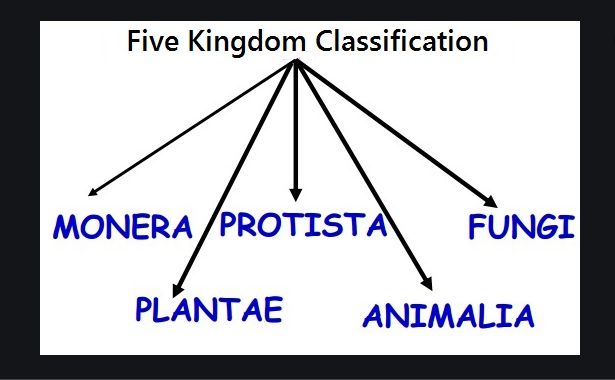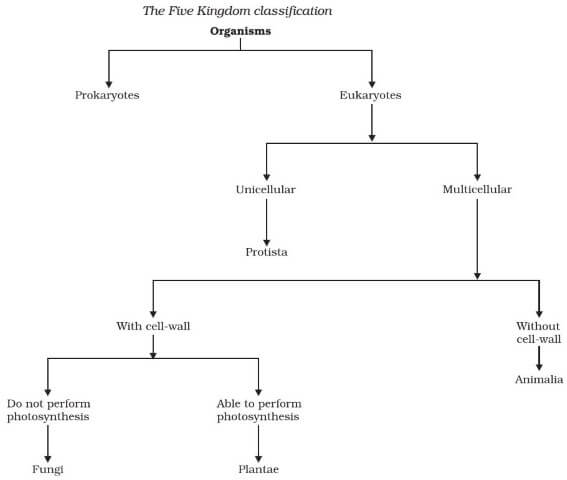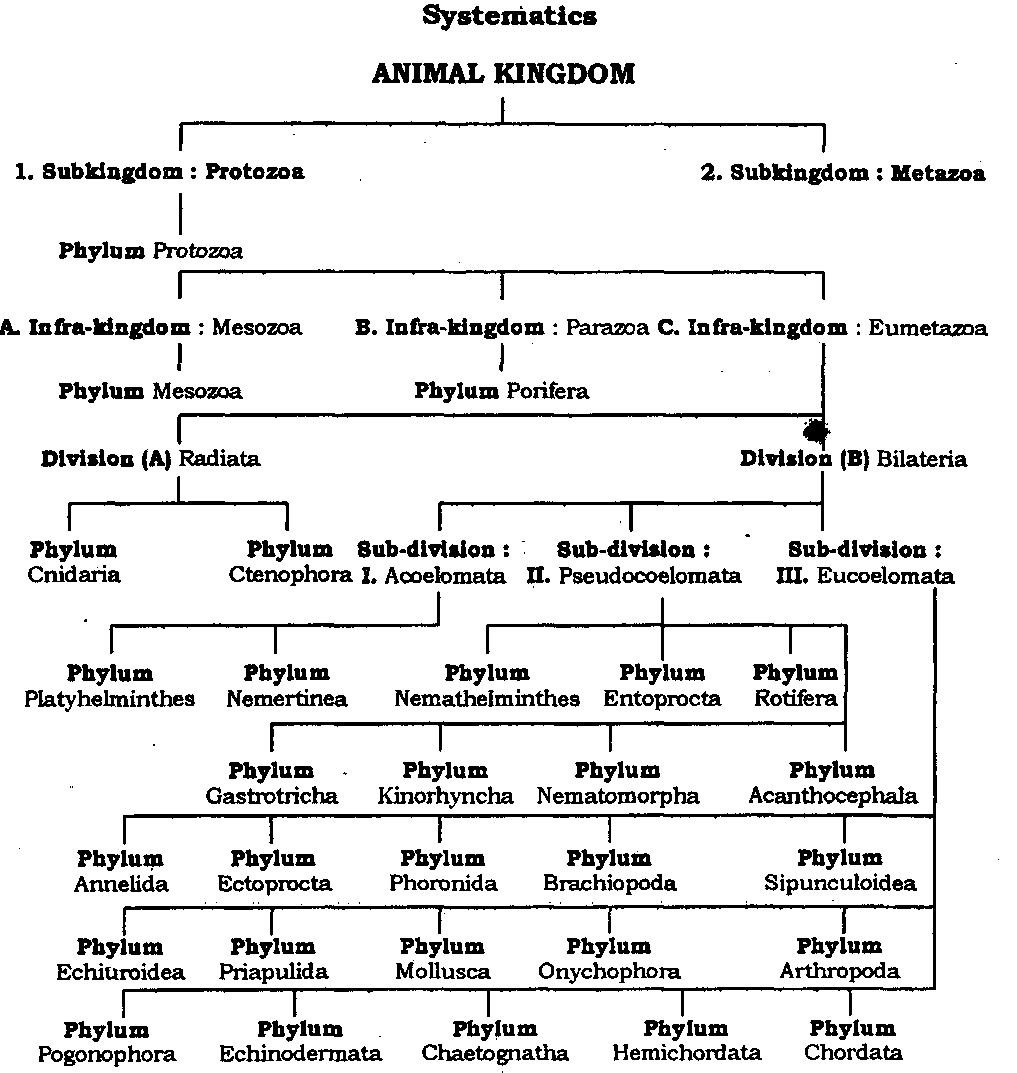The five kingdom classification system is a system used to classify and organize living organisms into five major groups based on their characteristics. This classification system was proposed by microbiologist Robert Whittaker in the late 1960s, and it has since become one of the most widely accepted systems for classifying living things.
The five kingdoms in this classification system are: Monera, Protista, Fungi, Plantae, and Animalia. The Monera kingdom consists of single-celled organisms that are prokaryotic, meaning they do not have a nucleus or other membrane-bound organelles. Examples of organisms in the Monera kingdom include bacteria and cyanobacteria.
The Protista kingdom consists of single-celled organisms that are eukaryotic, meaning they have a nucleus and other membrane-bound organelles. These organisms can be either heterotrophic, meaning they obtain energy by consuming other organisms, or autotrophic, meaning they are able to produce their own food through processes like photosynthesis. Examples of organisms in the Protista kingdom include algae, amoebas, and slime molds.
The Fungi kingdom consists of heterotrophic organisms that obtain energy by breaking down and decomposing organic matter. Fungi are generally multicellular and have a cell wall made of chitin, a type of polysaccharide. Examples of fungi include mushrooms, yeasts, and molds.
The Plantae kingdom consists of multicellular, autotrophic organisms that are able to produce their own food through photosynthesis. Plants have cell walls made of cellulose and are generally stationary, although some, like vines and climbers, can move through the process of growth. Examples of plants include trees, grasses, and flowers.
Finally, the Animalia kingdom consists of multicellular, heterotrophic organisms that obtain energy by consuming other organisms. Animals are generally mobile and have specialized tissues and organs. Examples of animals include mammals, birds, reptiles, and fish.
Overall, the five kingdom classification system is a useful tool for organizing and understanding the diversity of life on Earth. It allows scientists to group organisms based on their shared characteristics and evolutionary relationships, and it provides a framework for understanding how different species are related to one another.







